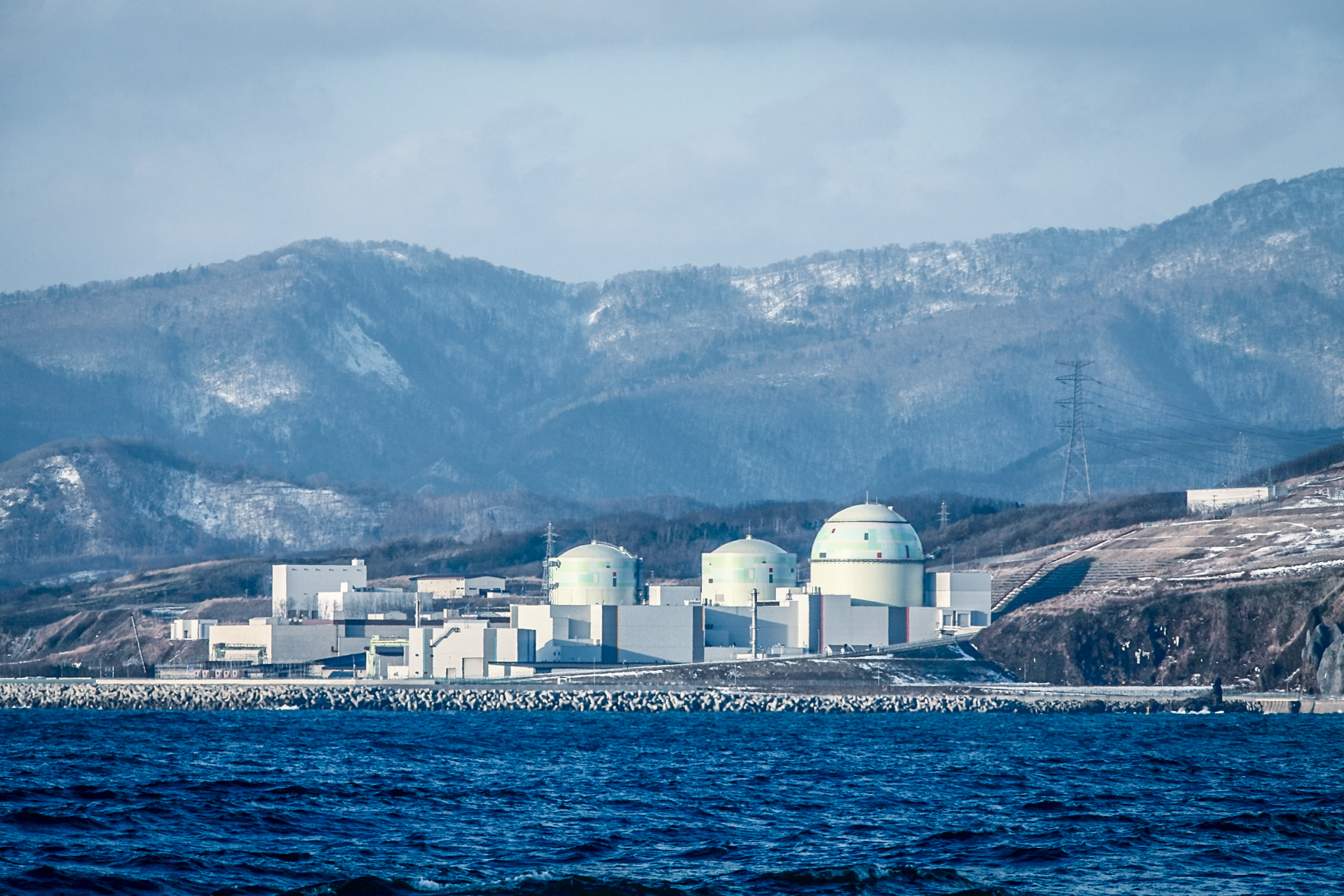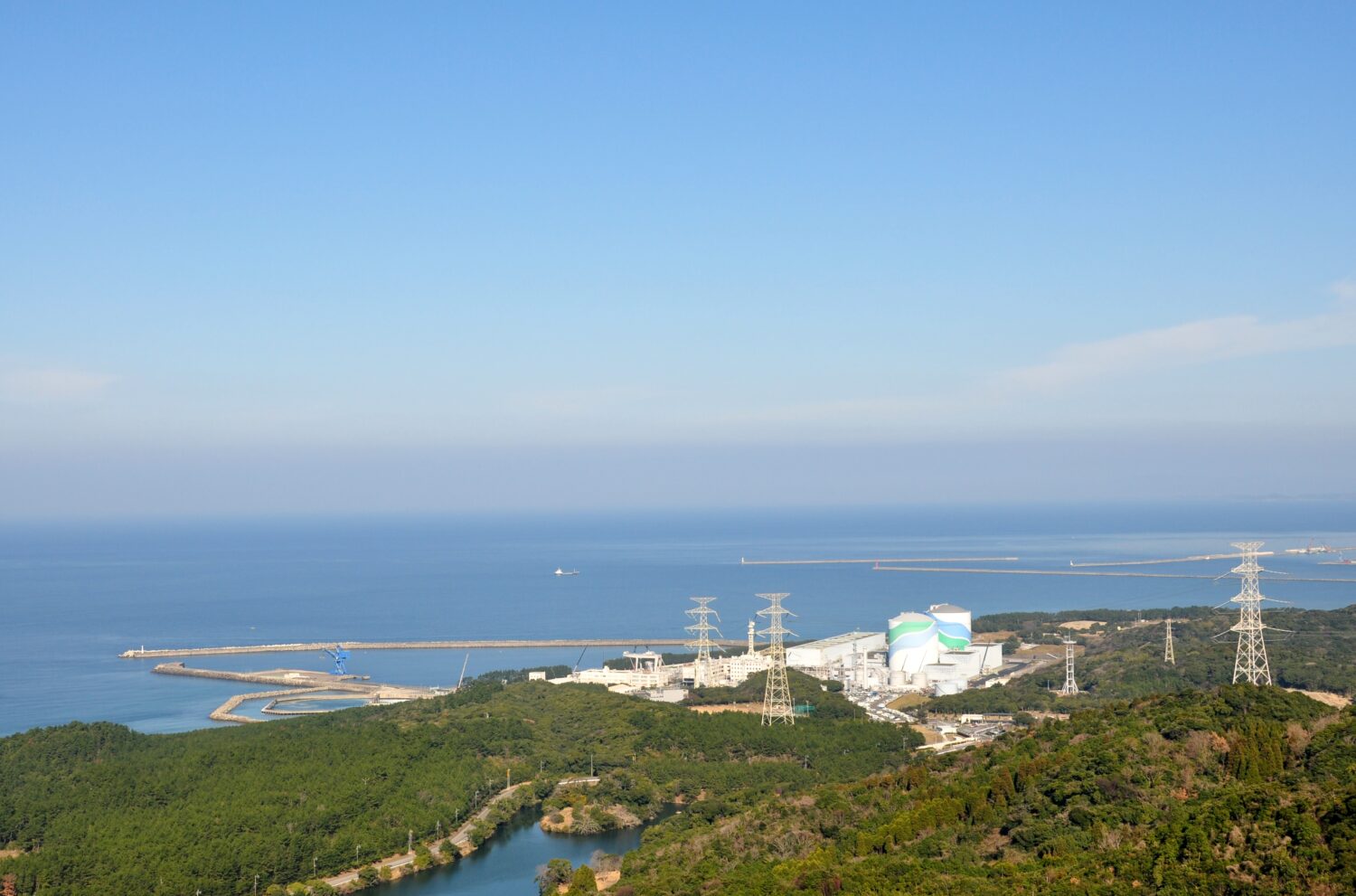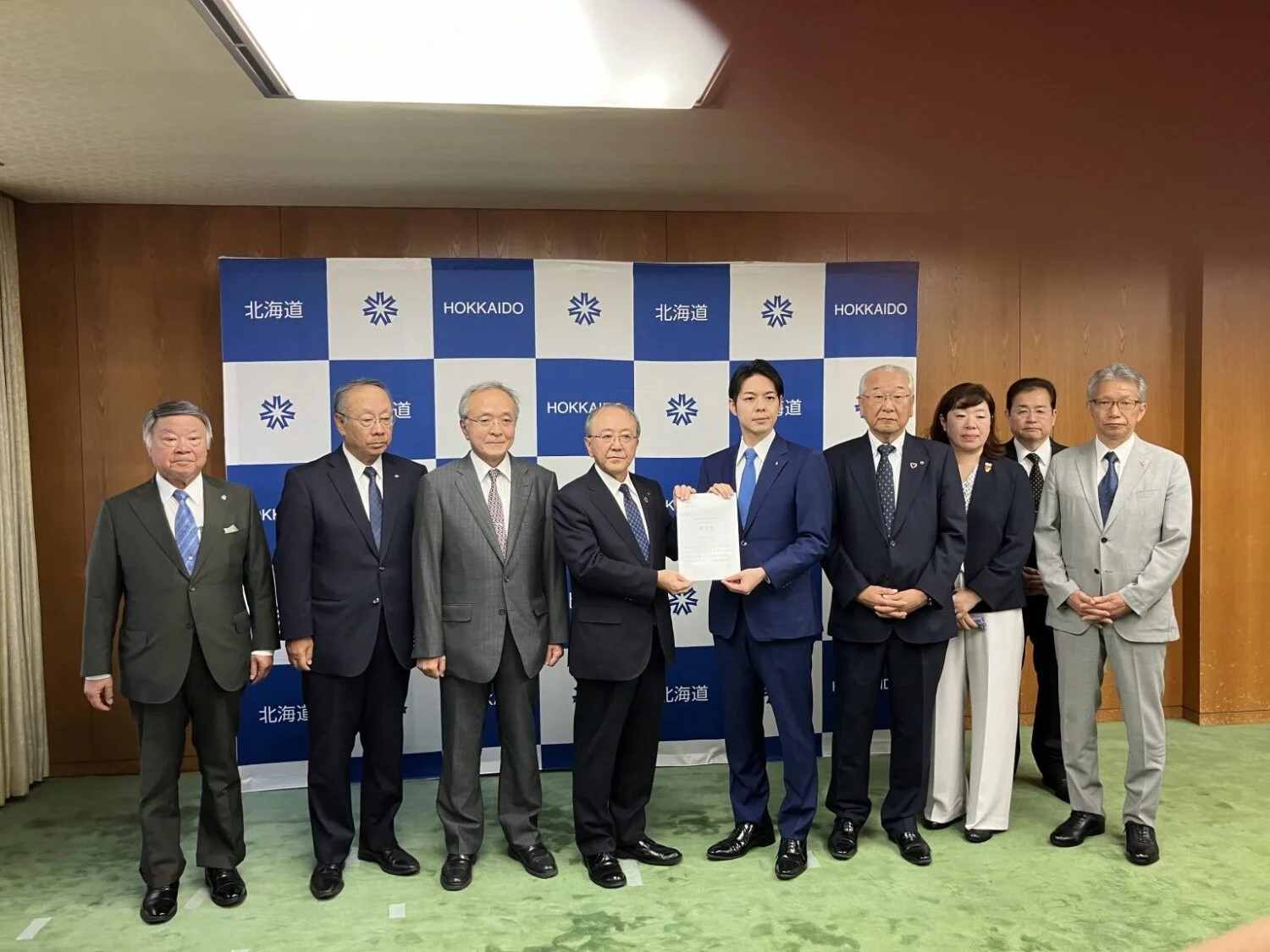In the emerging countries of Asia, nuclear development has become distinctive. Progress in China has been particularly conspicuous. In 2014, six new nuclear power plants (NPPs) were commissioned worldwide. That is not many in comparison with the 1970s, but China accounted for five of the six. This striking start of new operations in China is expected to continue. In addition to its domestic construction of NPPs, China has actively finding the way to enter the overseas market with a reactor of its own design developed after absorbing foreign technology – another major event in 2014. Among the emerging nuclear countries, which have gained prominence replacing Europe and the U.S., 2014 was a year foretelling China’s leap into the future.
After the accident at the Fukushima Daiichi Nuclear Power Station in 2011, some countries reduced the weight they put on nuclear power or even moved to give it up completely, step by step. On the other hand, countries referred to as emerging nuclear countries – including China, where air pollution has become extreme, and India, suffering chronic power shortages – announced plans to construct multiple nuclear reactors in 2014 due to the situations they face. Each clearly manifested its determination to build clean, efficient, sustainable energy supply systems using nuclear power, noting its contribution to combatting global warming.
In China Alone Five New NPPs Start Operating
As of January 1, 2015, there were 431 operating NPPs worldwide, with 392,226 MWe of capacity, an increase of five units and 5,870 MWe of capacity. Six NPPs began commercial operation in 2014, five in China and one in India, while one was closed in the United Stated at the end of 2014.
In Europe and the U.S., no new NPPs have been commissioned over the past ten years, while China has commissioned multiple units every year since 2010, demonstrating steady progress in its nuclear program. The Yangjiang-1, Ningde-2, Hongyanhe-1, Fuqing-1 and Fangjiashan-1, each of which started operation in 2014, are all advanced Generation-II reactors for which construction was launched during 2007 or 2008. In 2015, China’s 23rd commercial reactor, the Fangjiashan-2, was connected to the grid, tying China with South Korea (also 23) for 5th most commercial reactors in the world. India commissioned the Kudankulam-1, its first PWR provided by Russia. The unit, at the 1,000 MWe-class, has twice the capacity of India’s largest reactor previously. The largest domestic Indian reactor was 500 MWe. Thus, India’s introduction of large-sized light water reactors (LWRs) from overseas providers is expected to increase sharply. The Vermont Yankee NPP in the U.S. closed at the end of 2014, despite having already renewed its license for another 20 years of operation, until 2032. Termination 18 years earlier than scheduled was attributed to issues of economic efficiency in a changing energy market.
Construction of New Units Proceeds in Belarus and UAE
There were 76 NPPs “under construction”, with generating capacity of 79,370 MWe, down five units and 4,617 MWe. Construction was newly started for two NPPs (combined 2,590 MWe); they are the Ostrovets-2 in Belarus and the Barakah-3 in the United Arab Emirates (UAE). Six NPPs began commercial operations and were moved to the category of “operating” from “under construction.” The Cernavoda-5 in Romania, the construction of which had already been suspended, was canceled.
The Ostrovets Nuclear Power Station is the first nuclear project in Belarus. With a loan from Russia, its construction began in 2013. Employing the main Russian design product, the 1,200-MWe class PWR “AES-2006,” Units 1 & 2 are scheduled to be completed in and after 2018. At the Barakah NPS, the UAE has progressed steadily in its nuclear introduction program, promoting construction at the rate of one per year, starting with a South Korean 1,400-MWe class PWR “APR1400” in 2012.
Planned Projects Total 107 NPPs Globally, Exceeding 120 GWe
A total of 107 NPPs with 121,440 MWe of capacity are in the category of “projects in planning”, at which they appears to be progressed for construction stage. In 2014, construction projects for 13 NPPs, 12,274 MWe, were clarified, while the Temelin-3 and -4 in the Czech Republic were cancelled and the Pevek-1 and -2 in Russia were not included in the response to the survey questionnaire, and were not included in calculations. In addition, two NPPs whose constructions were launched were moved to the category of “under construction.” In comparison with the previous survey, there was an increase of seven NPPs and 8,520 MWe of capacity.
The new NPP projects are broken down as seven in China, two each in Hungary and Iran, and one each in Jordan and Argentina. There are thirty Chinese NPPs in planning, 30% of the world’s total in that category, too.
For further information, please contact at doukou@jaif.or.jp


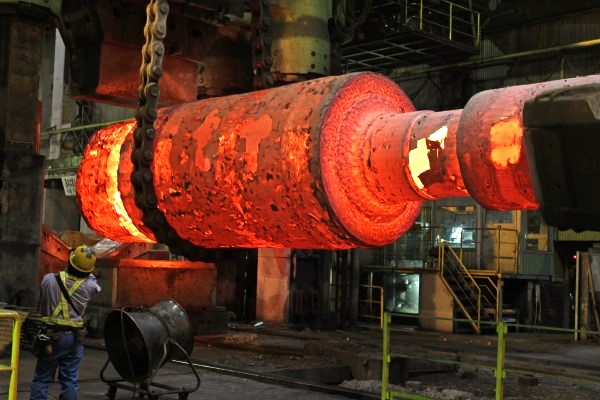







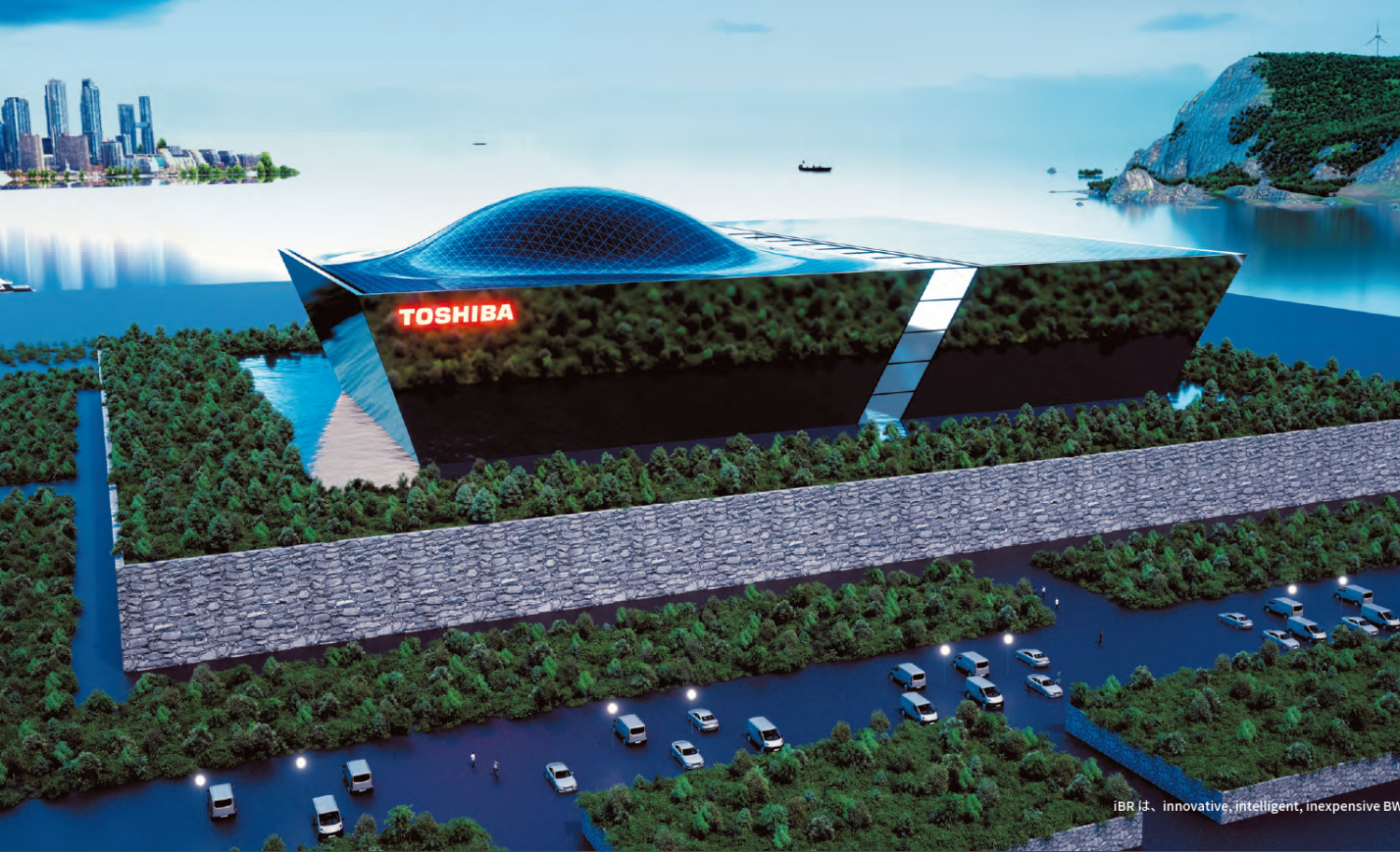
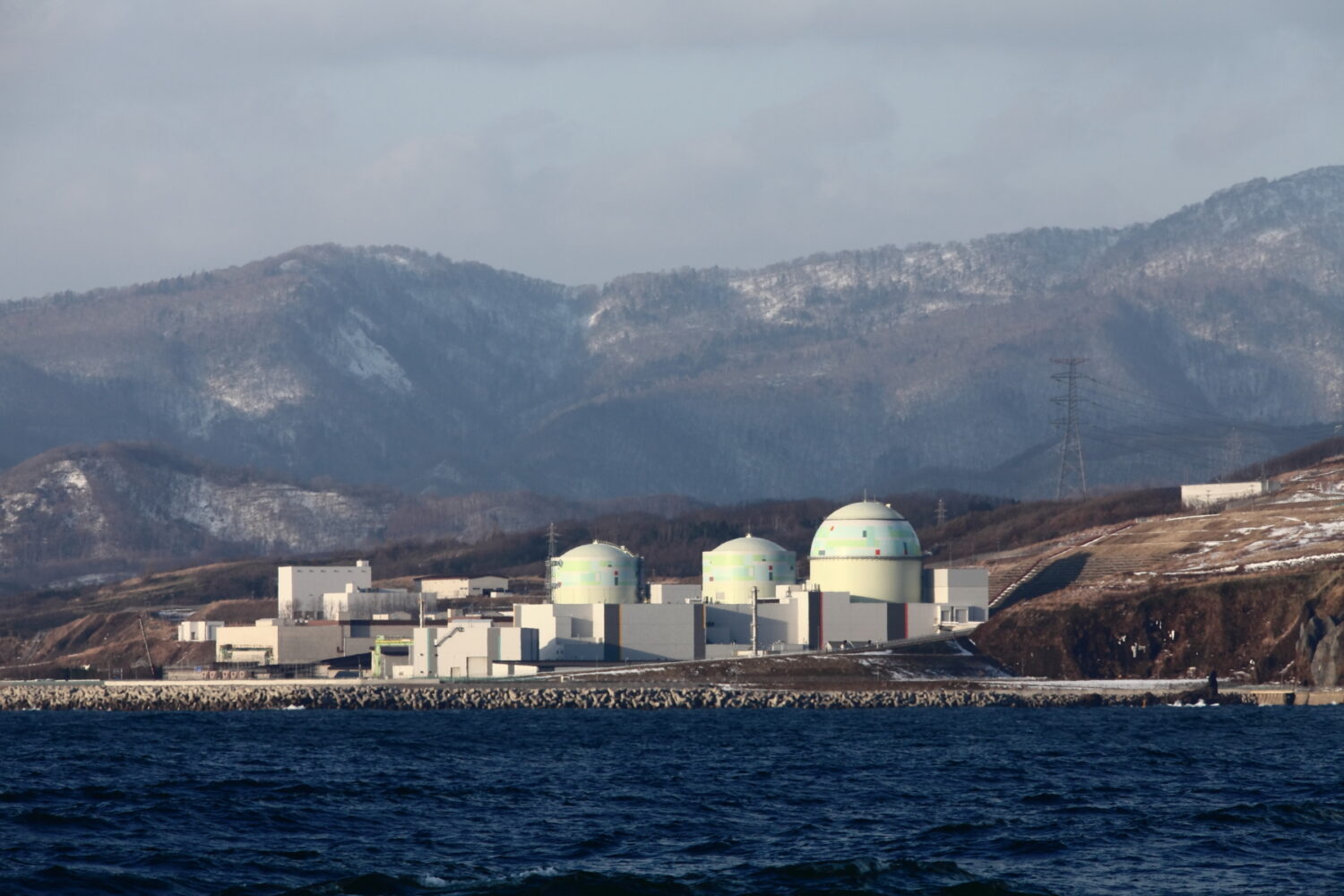
-049.jpg)
.jpg)

